Vietnam Stories: The rest of the Red Beach story
| Published: 10-18-2017 12:20 AM |
About halfway through Episode 3 of Ken Burns’s epic documentary on the Vietnam War, there is a 2½-minute segment on the Marine amphibious landing and securing of a beachhead at Red Beach near Da Nang, South Vietnam, on March 8, 1965. This segment shows a Marine squad exiting the sea landing craft, storming the beach, securing a beachhead at the berm – and ready to counter any fierce opposition.
Instead, they encountered two makeshift archways – “Welcome U.S. Marine Corps” and “Long Live VN – US Friendship” – leading to a sunny, serene, sandy beach occupied by a “company” of South Vietnamese young women in traditional white Ao Dai attire (silk trousers with tight-fitting tunic) offering each trooper a flower lei and an enticing smile. Any Marine’s dream of a welcome at a secured beachhead.
Philip Caputo, always a Marine, narrates the scene with “prepared to fight their way ashore ... looked like Shangri-La ... women who looked like schoolgirls ... like angels come to Earth ... a bit unsettling.”
The Marines would soon encounter a landscape that was not a “Shangri-La” with an enemy that was not just “a bit unsettling.”
Semper Fi.
In early September 1965, I arrived at Da Nang Air Base on my second Southeast Asia assignment as commander of an Air Force weather detachment supporting ground and air combat operations throughout South Vietnam and air combat operations over North Vietnam. I had just three days overlap replacing the previous commander, Maj. Norm Jacobs, who filled me in on what had been happening during his time at Da Nang AB.
He told me of the Viet Cong mortar and sapper attack against the base late at night on July 1. The sapper team attack came from the northwest quarter of the base across the runway and tarmac and by the weather observation tower located between the runway and tarmac. The young airman weather observer on duty in the tower at the time saw the sappers coming and abandoned his post and dove into a nearby underground bunker just in time. Within seconds he heard a couple of sappers run past his underground hiding place, followed by gunfire and explosions as they destroyed three aircraft and damaged three others, and damaged several buildings.
Norm also related to me how the Marines stormed onto Red Beach at Da Nang on March 8, well-trained to assault and dispose of any fierce enemy opposition and secure a beachhead for the arrival of follow-on U.S. forces.
Article continues after...
Yesterday's Most Read Articles
 New Hampshire school phone ban could be among strictest in the country
New Hampshire school phone ban could be among strictest in the country
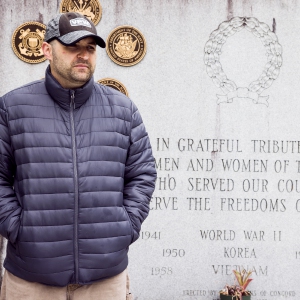 ‘Would you raise your right hand?’ — Local veterans consider the meaning of Memorial Day
‘Would you raise your right hand?’ — Local veterans consider the meaning of Memorial Day
 Loudon police received a mental health call. Here’s how they avoided escalating it.
Loudon police received a mental health call. Here’s how they avoided escalating it.
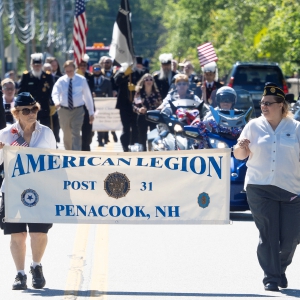 Memorial Day events in the Concord area
Memorial Day events in the Concord area
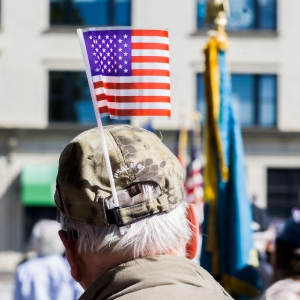 Photos: Memorial Day parade in Concord
Photos: Memorial Day parade in Concord
 High schools: Final regular season track and tennis results; plus weekend baseball, softball and lacrosse
High schools: Final regular season track and tennis results; plus weekend baseball, softball and lacrosse
The U.S. Air Force had been at Da Nang AB since early 1962, flying air combat missions supporting South Vietnam Army and Air Force operations. U.S. Army advisers and Green Beret teams had been in South Vietnam by 1963. This “enemy opposition” group planned an appropriate welcome for the Marine amphibious assault at Red Beach. They knew when and where it was to take place. They knew the Marine Battalion Public Information Office would have its extremely capable crew of reporters, photographers and videographers at Red Beach to document the event for public consumption back home in the States.
Two makeshift welcoming archways were constructed and ready. There were “street signs” to show direction and distance to the Enlisted Club and Officer’s Club, to BX and Recreation Hall, to USO and Dining Hall, to Iwo Jima and Tarawa and Saipan, to Belleau Wood and Paris Island. Coolers were filled with iced-down cold beer.
The South Vietnamese “women who looked like schoolgirls . . . like angels come to earth” who would offer each trooper a flower lei and an enticing smile, and maybe more, were mostly bar girls and prostitutes from Da Nang City.
All of this was waiting out of sight in the shade of the tree line above Red Beach for the signal to “oppose the invaders.” Upon sighting the first Marine sea landing craft approaching in the distance, the “opposition” forces moved everything into position down onto the pristine sunny, sandy beach to welcome the Marine amphibious assault.
A couple days later the Marine Battalion Public Information Office filmed a re-enactment of the assault on Red Beach at a more isolated, far less public beach farther down.
Semper Fi.
To channel radio and TV journalist Paul Harvey, “Now you know the rest of the story.”
(Will Gran lives in Bow.)
]]>







 Opinion: How dark can it get?
Opinion: How dark can it get?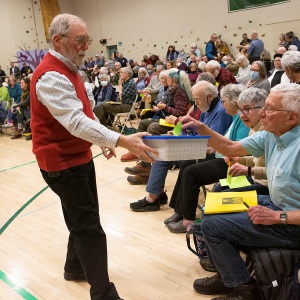 Opinion: Unfair taxes, unfair schools: The New Hampshire way
Opinion: Unfair taxes, unfair schools: The New Hampshire way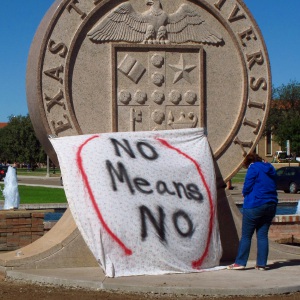 Opinion: In the fight to stop sexual violence, can polio hold the solutions?
Opinion: In the fight to stop sexual violence, can polio hold the solutions? Opinion: Where are the permanent solutions for a more stable budget?
Opinion: Where are the permanent solutions for a more stable budget?
